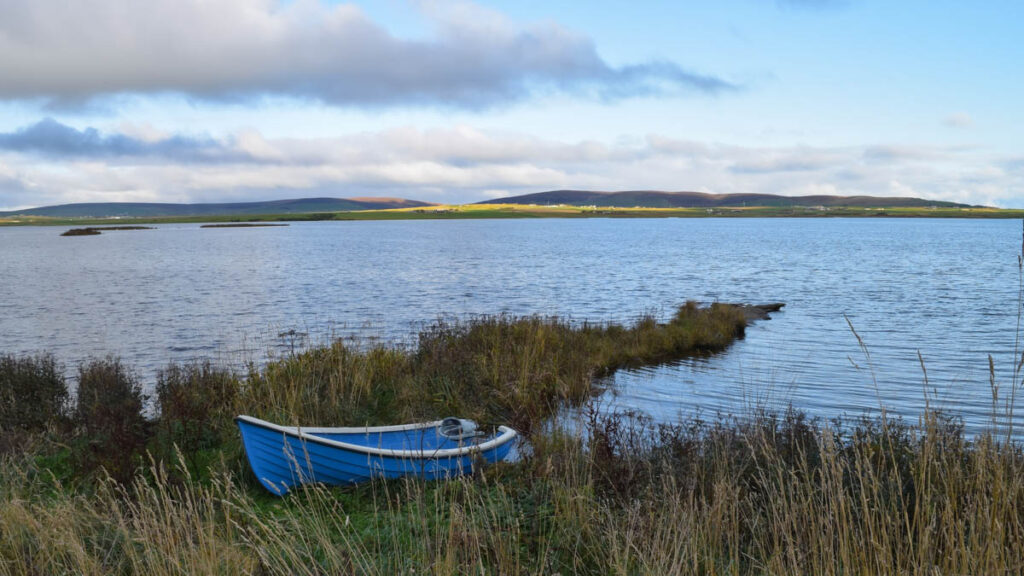Europe, known for its rich history, diverse cultures, and stunning landscapes, is also home to some of the world’s most breathtaking scuba diving spots. Whether you are an experienced diver or a beginner, Europe’s underwater world offers a myriad of experiences, from exploring ancient shipwrecks to swimming with vibrant marine life. In this guide, we’ll dive into the top scuba diving locations across Europe that every diver should have on their bucket list.
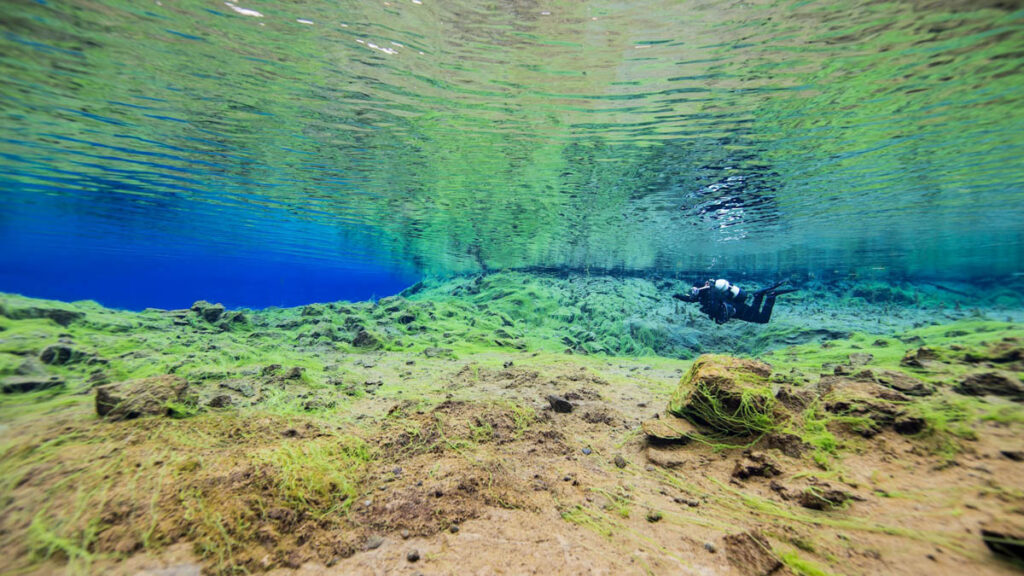
Photo by CHUNGHOI KIM on Unsplash
1. Silfra Fissure, Iceland
Located in Thingvellir National Park, Silfra Fissure is a unique diving spot where you can dive between the tectonic plates of North America and Eurasia. The crystal-clear glacial waters offer visibility of over 100 meters, making it one of the clearest dive sites in the world. Divers can explore stunning underwater landscapes, including dramatic rock formations and vibrant algae.
Best Time to Dive: Year-round, with water temperatures ranging from 2-4°C. Diving Experience Required: Suitable for all levels, dry suit certification recommended.
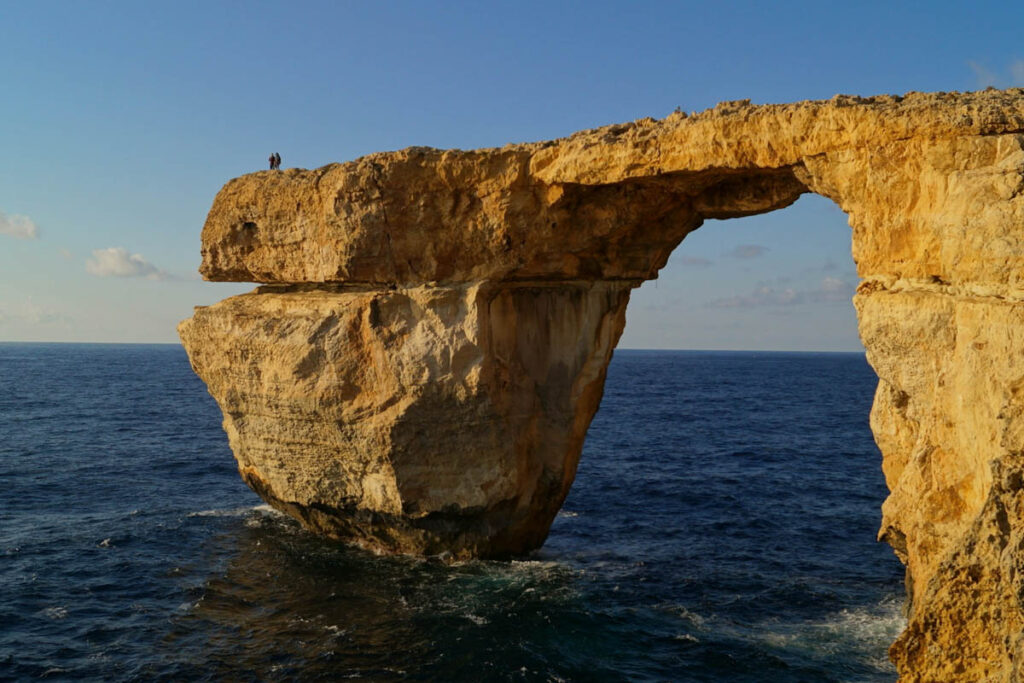
Photo by MARCIN CZERNIAWSKI on Unsplash
2. Blue Hole, Gozo, Malta
The Blue Hole in Gozo is one of Malta’s most famous dive sites, renowned for its natural underwater archway, stunning coral gardens, and diverse marine life. The dive begins in a natural inland sea pool and leads through a 10-meter tunnel to the open sea. Divers can explore dramatic drop-offs, underwater caves, and an array of fish species.
Best Time to Dive: April to November. Diving Experience Required: Suitable for all levels.
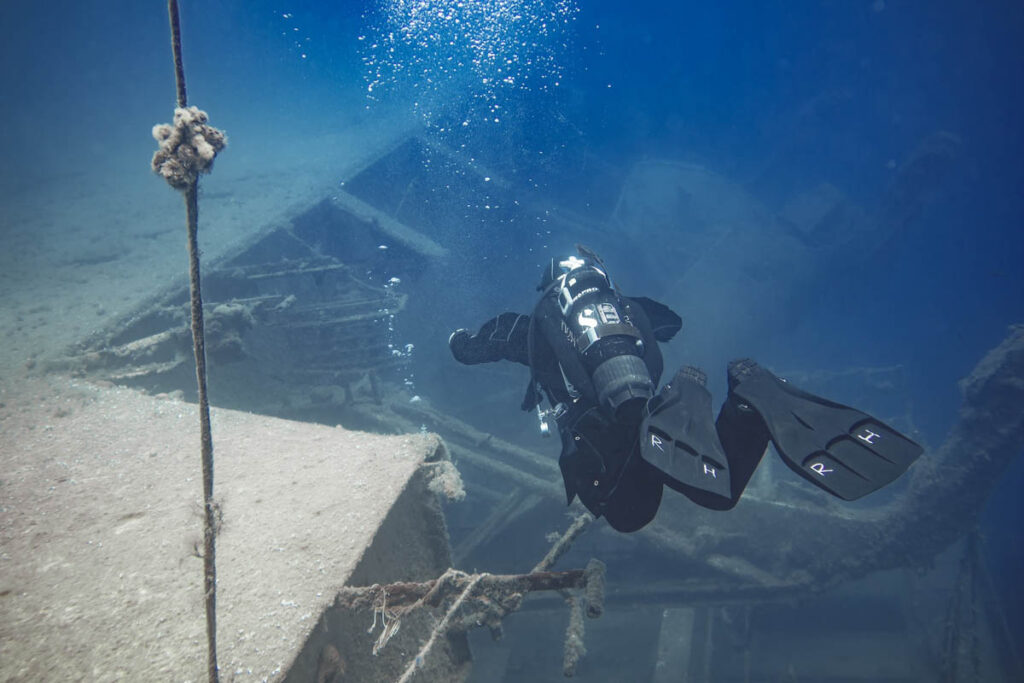
3. MS Zenobia Wreck, Cyprus
The MS Zenobia, a Swedish cargo ship that sank in 1980, is one of the best wreck dives in the Mediterranean. Located off the coast of Larnaca, the Zenobia lies on its side at a depth of 42 meters and is teeming with marine life. Divers can explore the ship’s cargo of trucks, the bridge, and other fascinating parts of the wreck.
Best Time to Dive: April to October. Diving Experience Required: Suitable for advanced divers.
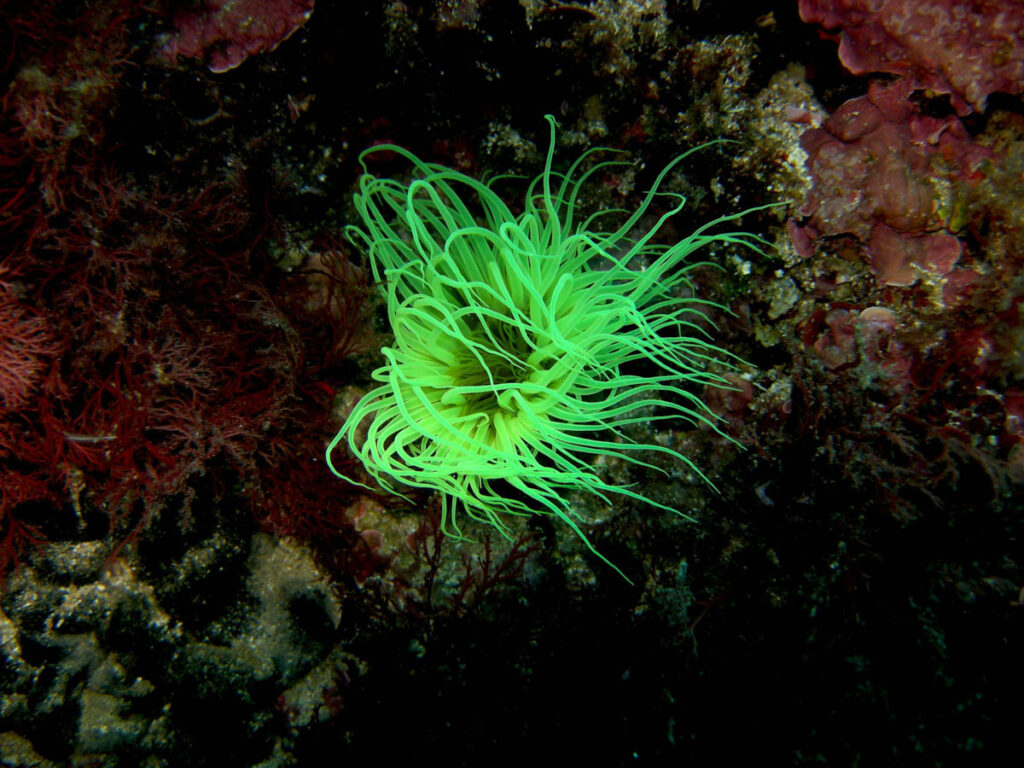
Photo by geoff trodd on Unsplash
4. Medes Islands, Spain
The Medes Islands, located off the coast of Costa Brava, are part of a protected marine reserve. This diving spot is famous for its rich biodiversity, including groupers, barracudas, octopuses, and colorful coral reefs. The area offers a variety of dive sites, from shallow reefs to deeper caves and tunnels.
Best Time to Dive: May to October. Diving Experience Required: Suitable for all levels.
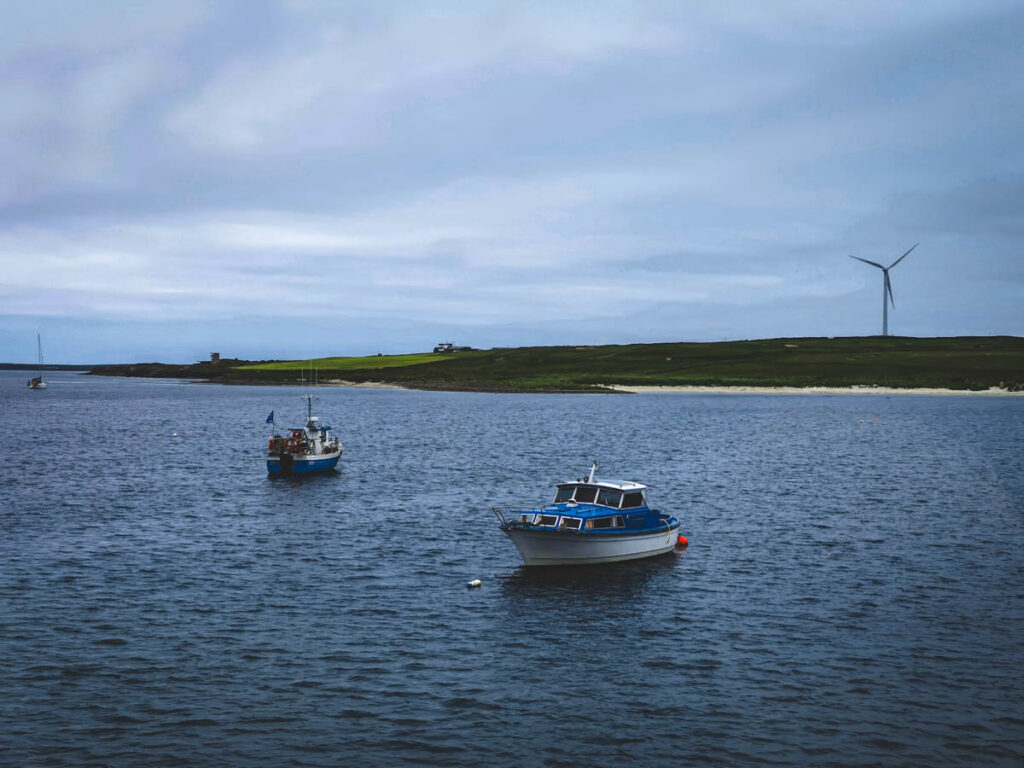
Photo by Ryan Denny on Unsplash
5. Scapa Flow, Scotland
Scapa Flow in the Orkney Islands is a historical wreck diving paradise. This site is home to several WWI German battleships and a wealth of other wrecks, offering divers a glimpse into maritime history. The wrecks lie at varying depths, making them accessible to both novice and experienced divers.
Best Time to Dive: April to October. Diving Experience Required: Suitable for advanced divers.
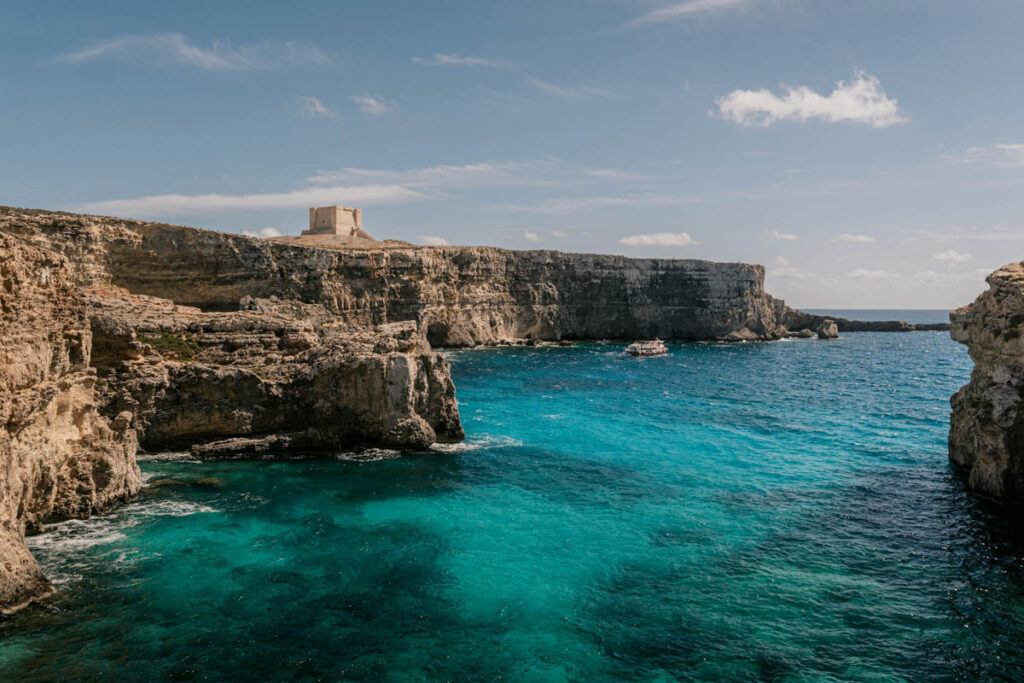
Photo by Emmanuel Cassar on Unsplash
6. Blue Lagoon, Comino, Malta
The Blue Lagoon, located between the islands of Comino and Gozo, is known for its turquoise waters and stunning underwater scenery. This shallow lagoon is ideal for beginner divers and offers a chance to see an array of marine life, including octopuses, cuttlefish, and a variety of fish species.
Best Time to Dive: April to October. Diving Experience Required: Suitable for all levels.
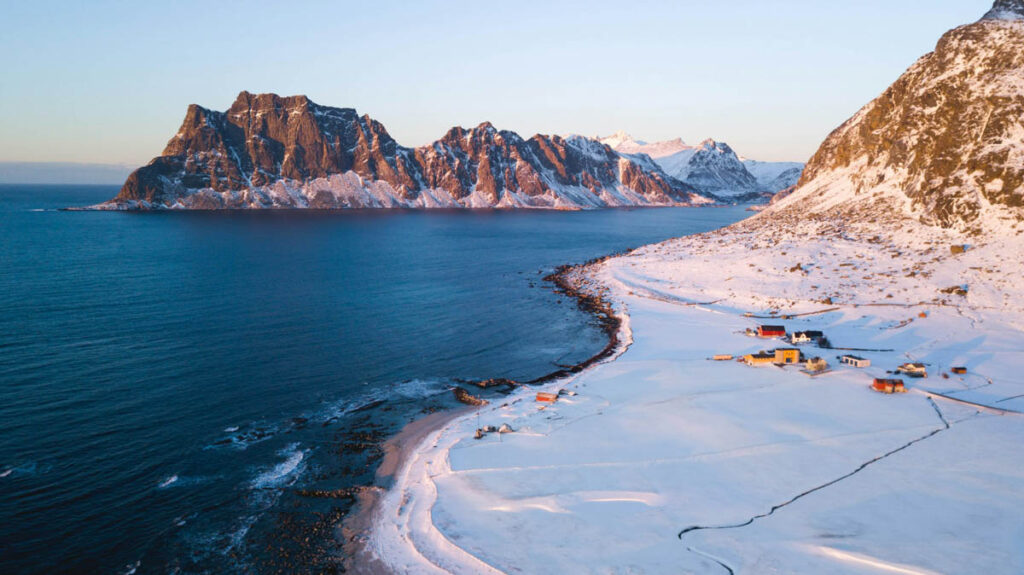
Photo by SYLVAIN IBARRA on Unsplash
7. Lofoten Islands, Norway
The Lofoten Islands offer an extraordinary cold-water diving experience, with stunning underwater landscapes and a chance to see marine life like kelp forests, sea urchins, and the occasional orca. The clear waters provide excellent visibility, and the dramatic fjords add to the overall diving adventure.
Best Time to Dive: Year-round, with the best conditions from May to September. Diving Experience Required: Suitable for advanced divers.
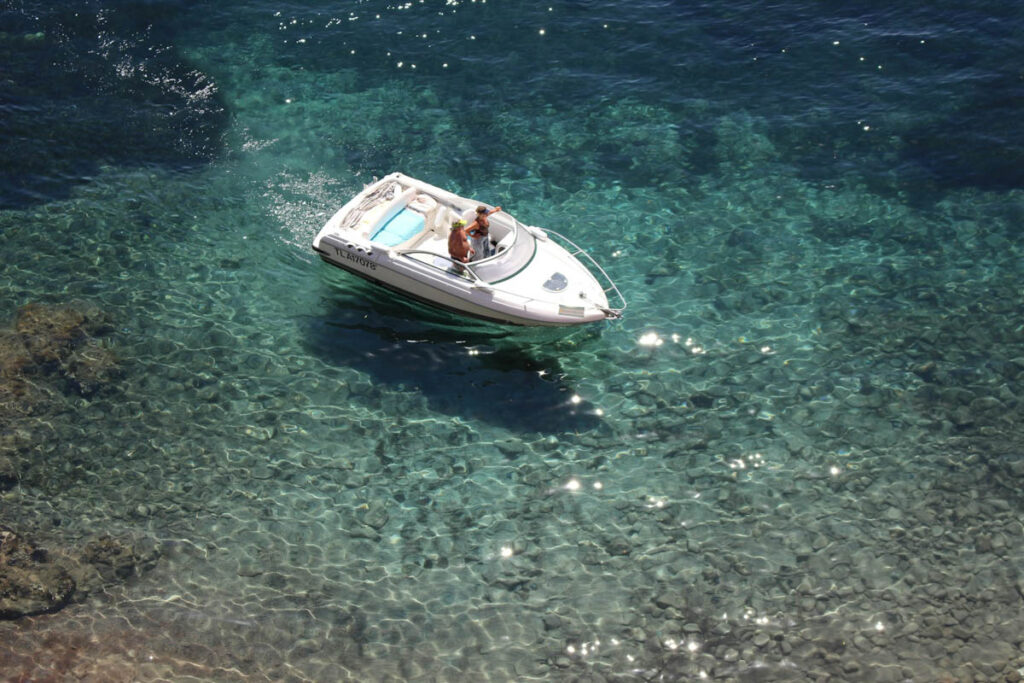
Photo by Hanna Zhyhar on Unsplash
8. Port-Cros National Park, France
Port-Cros National Park in the French Riviera is a protected marine area that boasts some of the best diving in France. Divers can explore beautiful reefs, underwater caves, and shipwrecks teeming with marine life, including groupers, moray eels, and a variety of colorful fish.
Best Time to Dive: May to October. Diving Experience Required: Suitable for all levels.
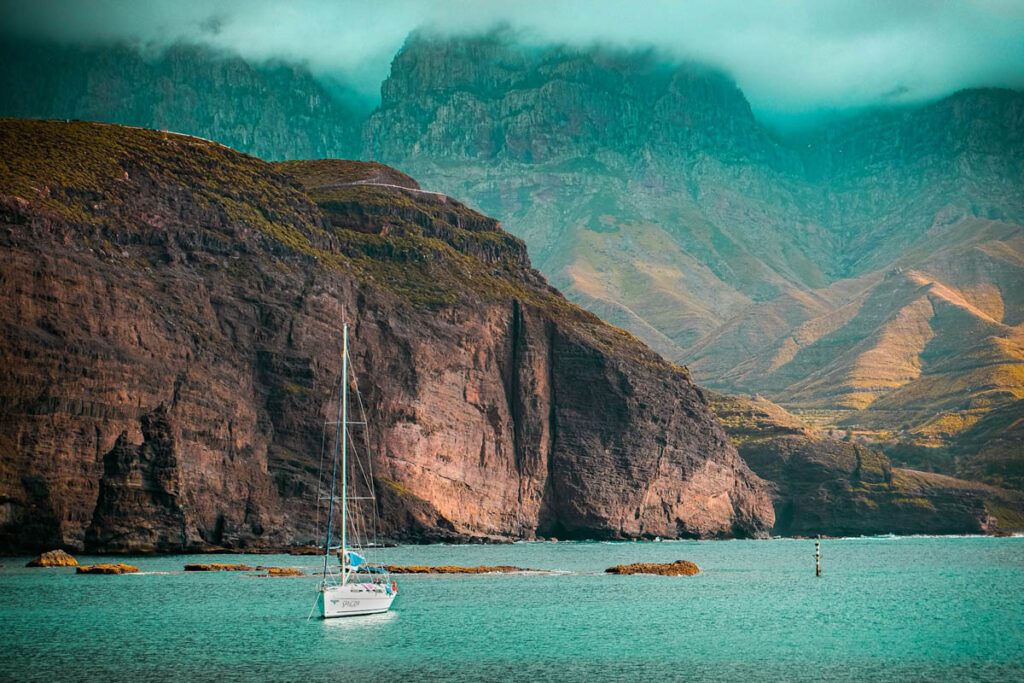
Photo by Joel Rohland on Unsplash
9. El Cabron Marine Reserve, Gran Canaria, Spain
El Cabron is one of the top diving spots in the Canary Islands, offering diverse underwater scenery and abundant marine life. The reserve features volcanic rock formations, caves, and arches, and is home to species such as angel sharks, barracudas, and octopuses.
Best Time to Dive: Year-round. Diving Experience Required: Suitable for all levels.
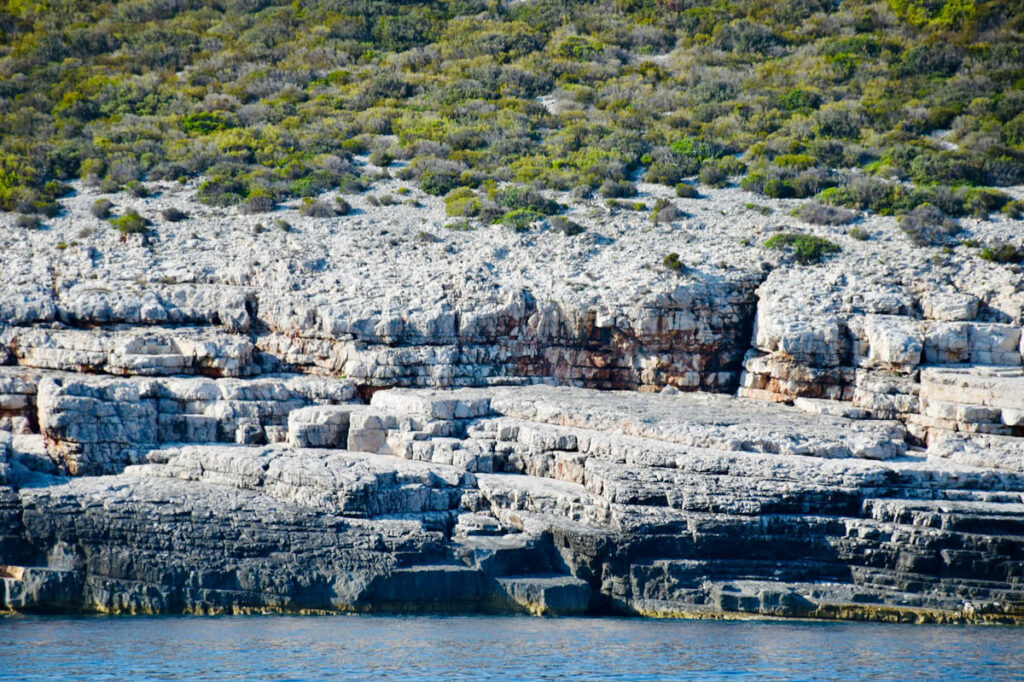
Photo by Arno Senoner on Unsplash
10. Vis Island, Croatia
Vis Island in the Adriatic Sea is famous for its clear waters and numerous dive sites, including shipwrecks, underwater caves, and rich marine life. The island’s Blue Cave is a must-visit, where sunlight creates an ethereal blue glow inside the cave.
Best Time to Dive: May to October. Diving Experience Required: Suitable for all levels.
Tips for Scuba Diving in Europe
- Certification: Ensure you have the appropriate diving certification for the sites you plan to visit. Some locations require advanced or specialty certifications.
- Equipment: Depending on the location, you may need a dry suit or wet suit. Always check the water temperature and conditions before your dive.
- Marine Conservation: Respect marine life and habitats. Avoid touching or disturbing wildlife, and be mindful of your buoyancy to protect fragile coral reefs.
- Dive Insurance: Consider getting dive insurance that covers medical expenses and emergency evacuations, especially if you’re diving in remote areas.
Europe’s diverse underwater landscapes and rich marine life make it a top destination for scuba divers. From the icy waters of Iceland to the warm Mediterranean Sea, each diving spot offers a unique and unforgettable experience. Whether you are exploring historical wrecks or swimming through vibrant coral reefs, the adventure beneath the surface is bound to leave you in awe. So, gear up, dive in, and discover the underwater wonders of Europe!
By following these tips and visiting these top scuba diving locations, you’re sure to have an unforgettable diving experience in Europe. Happy diving!



